Did you know 1 in 4 American homes develops structural weaknesses within the first decade? These subtle shifts often start as hairline fractures but can escalate into serious threats to your property’s stability. With professional foundation crack repair, homeowners can address these issues early, protecting their investment and ensuring long-term safety.
We’ve seen how unchecked cracks allow moisture infiltration, leading to mold growth and uneven floors. Our guide simplifies the process of evaluating your home’s needs, whether you’re dealing with settling soil or seasonal temperature changes. You’ll learn to distinguish harmless cosmetic flaws from signs of deeper structural stress.
We’ll guide you through identifying different concrete fractures and matching them to proven solutions. From epoxy injections for thin gaps to carbon fiber straps for larger separations, every method has specific applications. You’ll also discover how drainage improvements and soil stabilization complement physical repairs for lasting results.
Timing matters – delayed action often triples restoration costs. We’ll explain what causes these problems and share red flags that demand professional expertise. Whether you tackle small fixes yourself or hire specialists, our insights help protect your home’s value and safety.
Key Takeaways
- Early detection prevents water damage and costly structural complications
- Different crack patterns indicate specific underlying causes
- Soil conditions and climate greatly impact repair strategies
- Combining physical fixes with drainage solutions ensures long-term stability
- Professional assessments are crucial for gaps wider than ¼ inch
Understanding Foundation Cracks and Their Causes
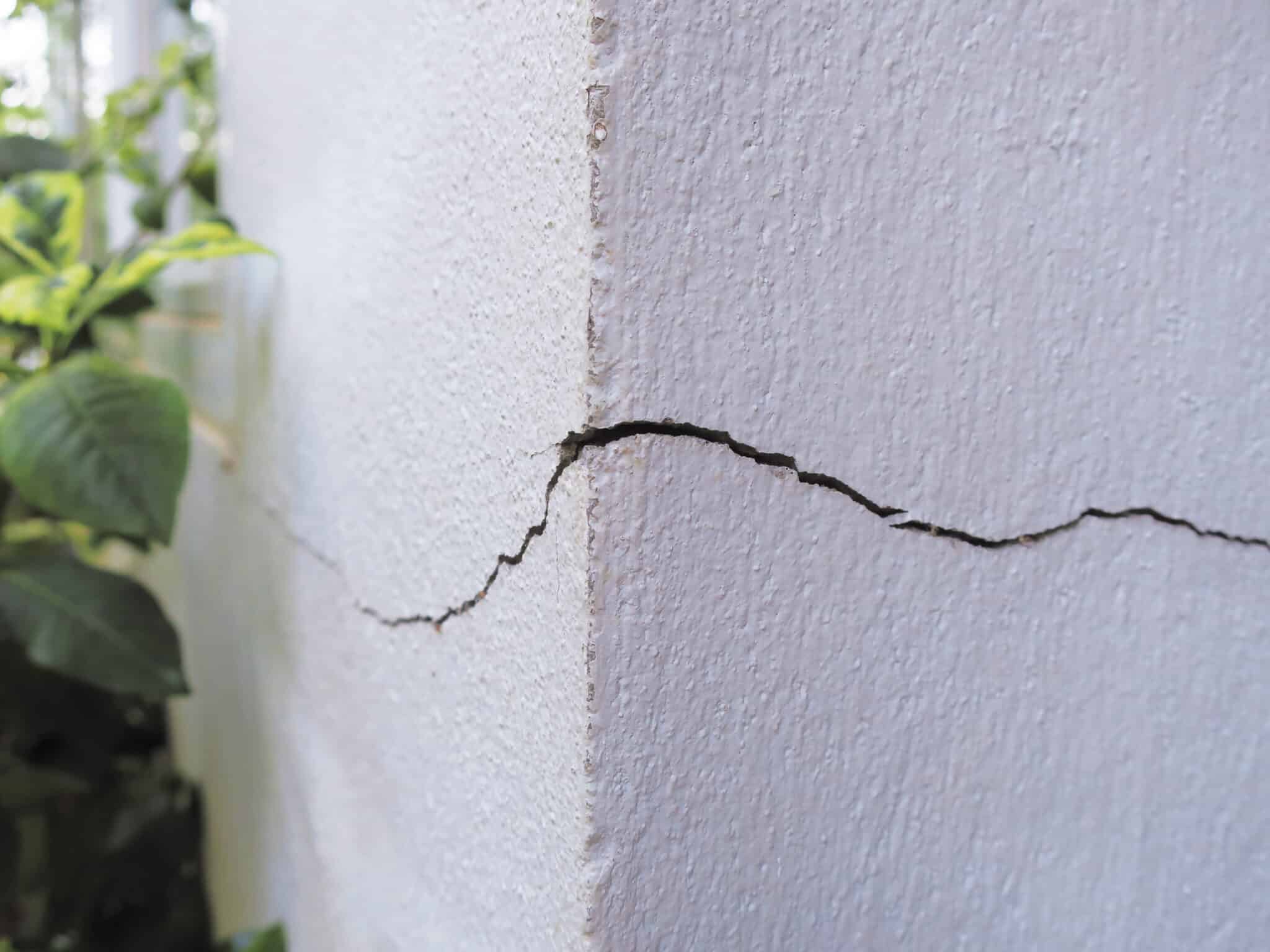
Credit: This Old House
Many homeowners notice thin lines in their basement walls but aren’t sure what they mean. These marks often reveal hidden stories about your property’s environment and construction quality. Let’s decode their messages together.
Four Common Concrete Imperfections
Thin surface lines (less than 1/8 inch) usually come from temperature changes or natural settling. We call these hairline marks – they’re like wrinkles in aging concrete. Spiderweb patterns, known as crazing, show up when mixtures dry too fast during pouring.
More concerning are zigzagging gaps that follow mortar joints. These often point to shifting ground beneath your home. The worst offenders are vertical splits wider than ¼ inch – these demand immediate expert evaluation.
| Type | Width | Appearance | Common Causes |
|---|---|---|---|
| Hairline | < 1/8″ | Straight lines | Temperature shifts, minor settling |
| Crazing | Microscopic | Web-like pattern | Rapid drying during curing |
| Settlement | Varies | Diagonal/Jagged | Uneven ground movement |
| Structural | > ¼” | Vertical/Horizontal | Root intrusion, poor compaction |
Hidden Forces at Work
Waterlogged earth pushes against basement walls with surprising force – this hydrostatic pressure causes bowing and gaps. Clay-rich soil expands when wet, then shrinks during droughts, creating a seesaw effect under your home.
Heavy objects near walls – like stacked materials or mature trees – add uneven stress. Even improper backfilling during construction can lead to premature wear. We always check drainage systems first when assessing these issues.
Step-by-Step Process for foundation crack repair
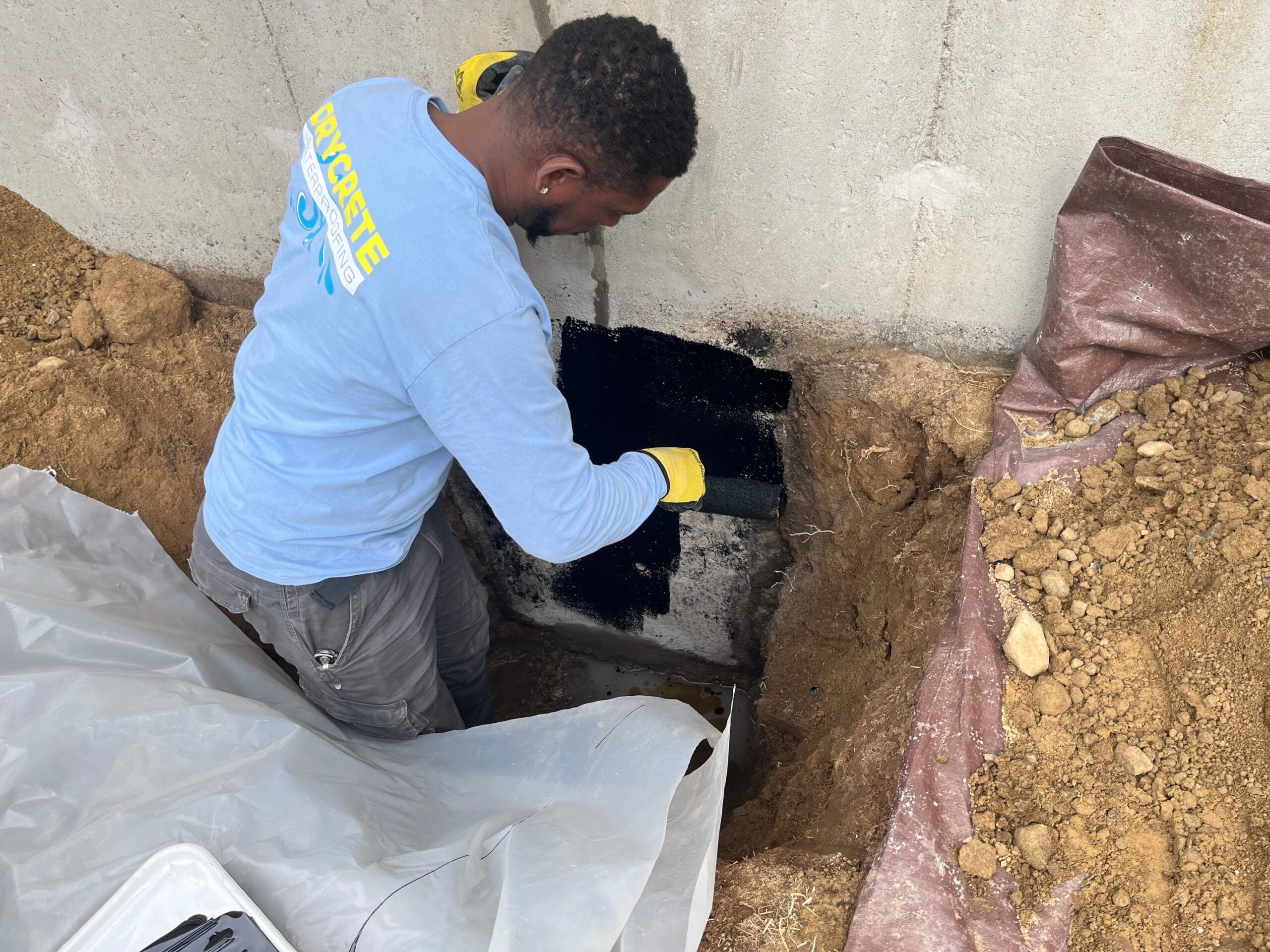
Credit: Drycrete Waterproofing
Taking control of structural imperfections begins with methodical preparation. We approach each situation systematically to ensure lasting results through proper surface treatment and material selection.
Preparation Essentials
Our team starts by examining gaps with magnifying tools. A stiff-bristle brush removes debris while industrial vacuums clear dust particles. Measurements get recorded in three locations for accuracy.
Moisture testing comes next. We press plastic sheeting against surfaces overnight – condensation signals hidden dampness. Only bone-dry areas receive treatment to prevent adhesion failures.
Material Application Methods
For narrow gaps (under 1/8″), flexible sealants work best. Horizontal planes benefit from self-leveling compounds, while vertical surfaces need thicker formulations. Epoxy systems shine for moderate separations requiring structural reinforcement.
Our injection protocol involves:
- Placing temporary alignment markers every 12″
- Mixing two-part resins until achieving uniform viscosity
- Applying surface membranes before port installation
Curing times vary by product. Quick-set formulas allow same-day finishing, while deep-penetration solutions need 24-hour hardening periods. We always conduct post-treatment moisture checks before finalizing projects.
Local Expertise and Resources
Your home’s structural needs deserve specialized attention from professionals who know your neighborhood. Our team brings decades of combined experience addressing unique soil conditions and climate challenges across the DMV area. We’ve strategically positioned our offices to serve you faster and more effectively.
Convenient Service Locations
Find us at five accessible hubs:
Washington, DC:
2315 Wisconsin Ave NW
Washington, DC 20007
Maryland Offices:
330 N Stonestreet Ave (Rockville)
5014 Nicholson Ln (North Bethesda)
Virginia Locations:
10748 Sudley Manor Dr (Manassas)
44121 Leesburg Pike (Ashburn)
Connect With Our Team
Questions about crawl space issues or uneven floors? Email info@dmvwp.com for personalized advice. Our experts analyze photos, discuss symptoms, and recommend solutions tailored to your home’s specific needs. We make complex jobs simple through clear communication and proven skills.
FAQ
What causes visible splits in my basement walls?
Shifting soil, moisture changes, or uneven weight distribution often create stress points. These issues can lead to gaps that worsen over time if not addressed. We assess each situation to pinpoint the root cause.
Are hairline gaps a sign of serious trouble?
Thin lines might seem minor, but they can allow water seepage or indicate early structural shifts. We recommend monitoring them and scheduling an inspection to prevent bigger headaches down the road.
How do you fix splits in poured concrete?
Our team cleans the area, measures the depth, and uses epoxy injections or hydraulic cement based on the damage severity. For active leaks, we combine sealing with waterproofing membranes for lasting protection.
Can I handle small gaps myself?
DIY kits work for temporary fixes on minor issues. However, improper materials or application might mask bigger problems. We offer free evaluations to ensure solutions match your home’s specific needs.
Do you service homes in Northern Virginia?
Absolutely! Our crews cover Ashburn, Manassas, and surrounding areas. With offices in DC, Maryland, and Virginia, we provide fast responses and tailored strategies for local soil conditions.
How long does the sealing process take?
Most projects wrap up in 1-3 days, depending on complexity. Curing times vary by material, but we’ll guide you through each phase so life gets back to normal quickly.
What warranties do you offer?
Our work comes with transferable guarantees ranging from 5-25 years. We stand behind every epoxy fill, drainage adjustment, and moisture barrier installed to keep your space dry and stable.

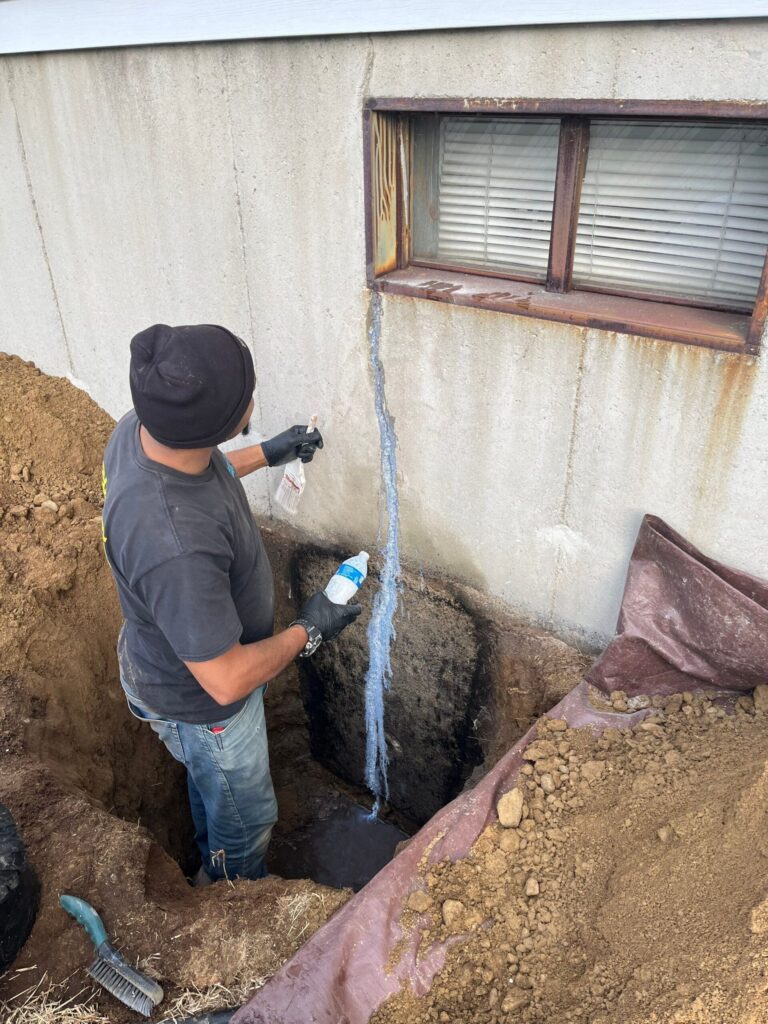
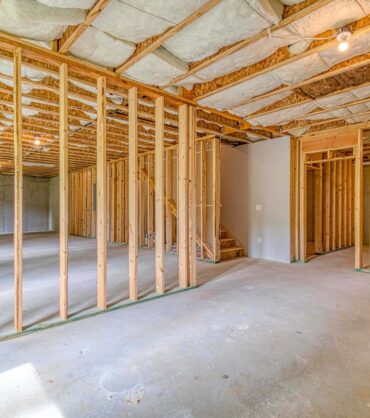
![[GetPaidStock.com]-680786795b816 [GetPaidStock.com]-680786795b816](https://dmvwp.com/wp-content/uploads/2025/04/GetPaidStock.com-680786795b816-370x418.jpg)
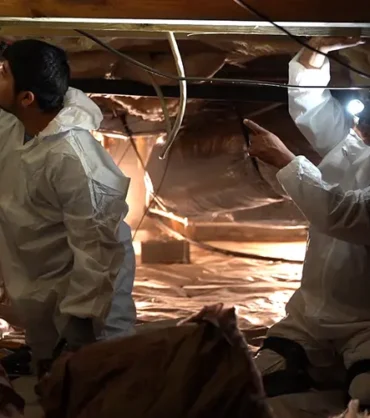
![[GetPaidStock.com]-682c400c87c15 [GetPaidStock.com]-682c400c87c15](https://dmvwp.com/wp-content/uploads/2025/04/GetPaidStock.com-682c400c87c15-370x418.jpg)
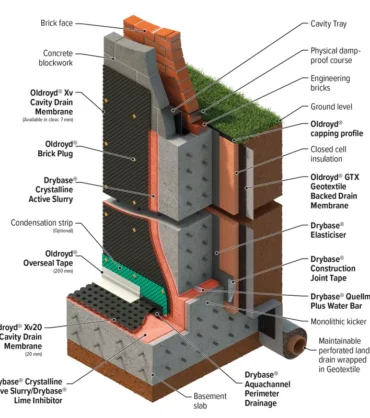
![[GetPaidStock.com]-682c413fa898e [GetPaidStock.com]-682c413fa898e](https://dmvwp.com/wp-content/uploads/2025/03/GetPaidStock.com-682c413fa898e-370x418.jpg)